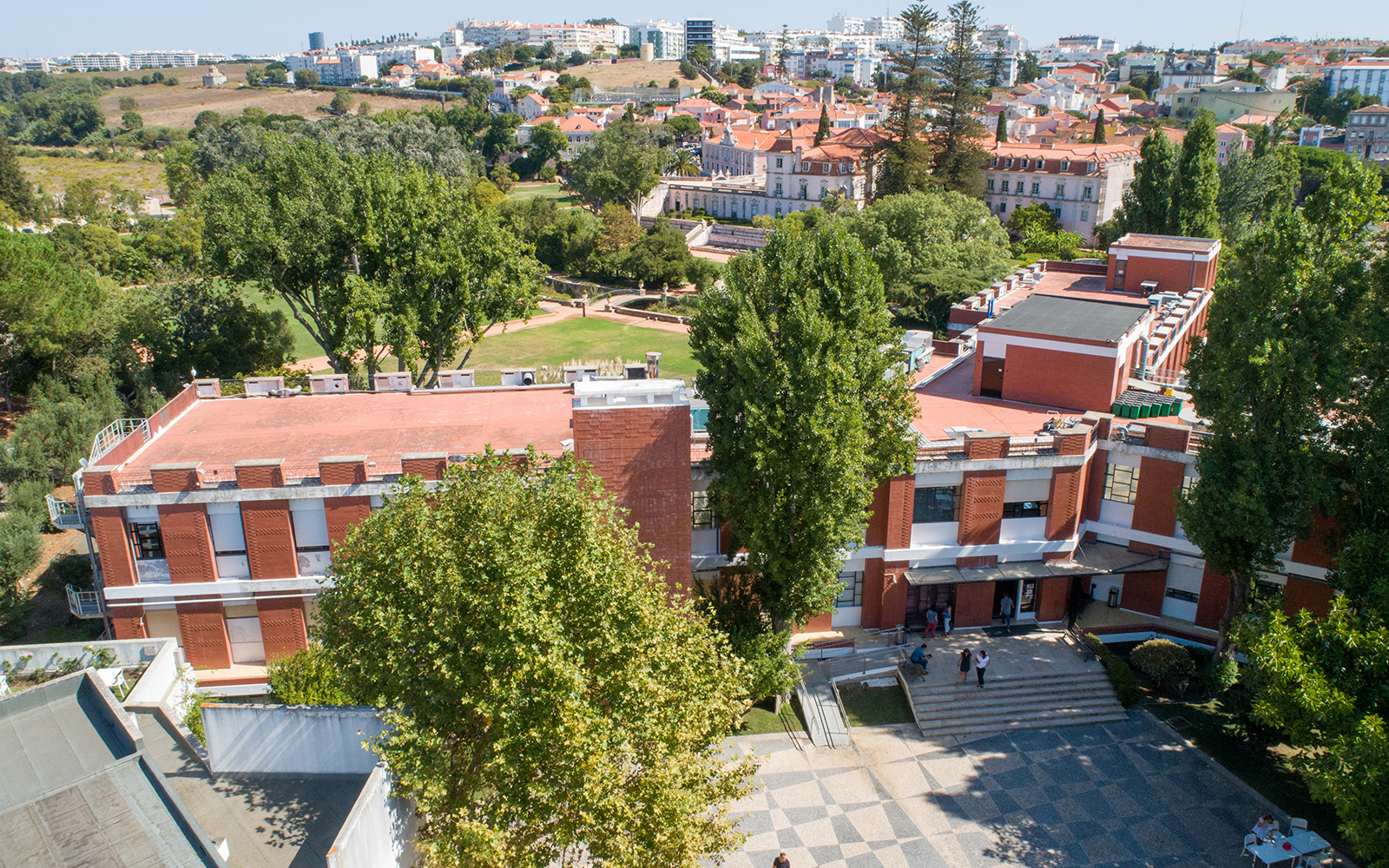A twist in the tale of the mitotic spindle
Event Slider
Date
- / Cancelled / Sold out
Location
Virtual RoomSeveral seminars are held weekly at the Instituto Gulbenkian de Ciência, an initiative that aims to bring together all researchers around the topics under discussion.
The sessions, with internal researchers or guests, contribute to stimulate the open and extremely collaborative culture of the IGC.
You can read the abstract of this seminar to learn more about it.
At the onset of division the cell forms a spindle, a micro-machine made of microtubules, which divide the chromosomes by pulling on kinetochores, protein complexes on the chromosome. The central question in the field is how accurate chromosome segregation results from the interactions between kinetochores, microtubules and the associated proteins. We have shown that a bundle of antiparallel microtubules, termed “bridging fiber”, connects sister kinetochore fibers in human spindles. Bridging microtubules are linked together by the protein regulator of cytokinesis 1 (PRC1). To explore the role of bridging fibers in chromosome movements, we developed an optogenetic approach to remove PRC1 from the spindle to the plasma membrane in a fast and reversible manner by using light. These experiments showed that bridging fibers promote chromosome alignment at the metaphase plate by forces that depend on the microtubule overlap within the bridging fiber.
By using a speckle microscopy assay to measure the poleward flux of individual spindle microtubules we found that the flux of bridging microtubules is faster than that of kinetochore microtubules, suggesting that the lateral length-dependent forces that the bridging fiber exerts onto kinetochore fibers drive the sliding of kinetochore fibers along the bridging fiber, thereby helping to center the chromosomes on the spindle. By combining a theoretical model with superresolution imaging of the bridging fibers, we discovered that they are twisted in the shape of a left-handed helix, making the spindle a chiral object. This finding suggests that torques exist in the spindle in addition to linear (pushing and pulling) forces. During anaphase, bridging microtubules promote chromosome segregation by sliding apart, which is driven by the motor activity of kinesin-4 and kinesin-5. This sliding pushes the attached kinetochore fibers and kinetochores poleward to segregate chromosomes. Understanding the role of bridging microtubules in force generation and chromosome movements not only sheds light on the mechanobiology of a well-functioning spindle, but will also help to understand the origins of errors in chromosome segregation.
SPEAKER
Iva Tolic
Ruđer Bošković Institute, Zagreb, Croatia

